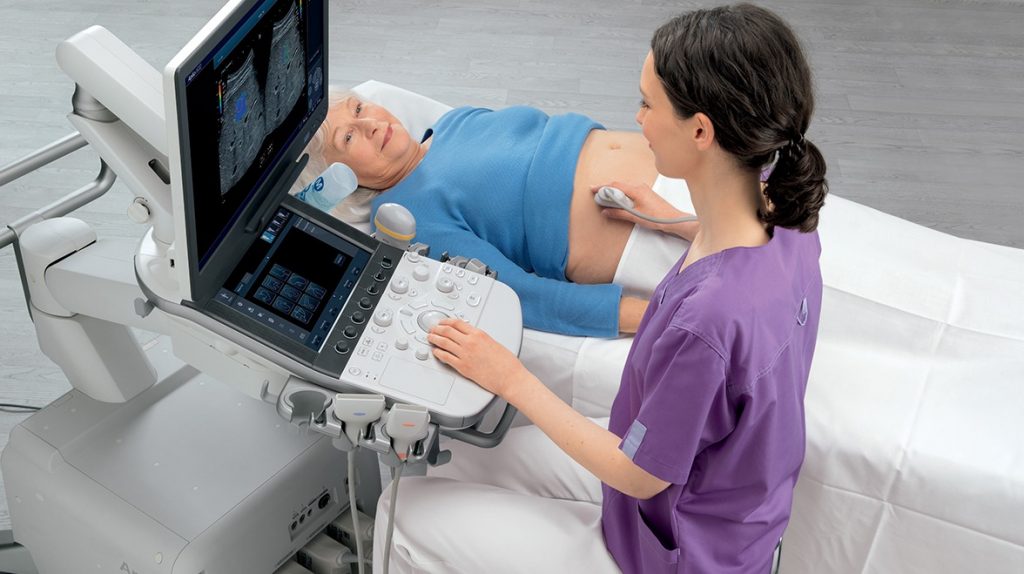The other day I was asked to complete an ergonomic assessment with a Sonographer as they had been experiencing some upper limb injury symptoms due to the nature of their work. I will be honest; this was not a work role that I had assessed previously but in preparing for the assessment I discovered that shoulder issues are a significant problem for this occupation. A worldwide problem.
And, this provides a perfect opportunity to discuss one of the main understandings we have as Physiotherapists regarding the nature of manual handling or musculoskeletal injuries. That is, the majority of these injuries are generally not the result of one task performed on one occasion, such as a one-off heavy lift, but they tend to be cumulative in nature. More often than not they are the result of small and seemingly innocuous activities performed repetitively, or sub-optimal postures held for extended periods of time.
In the case of a Sonographer, the tasks they perform are not considered heavy in nature however they certainly are repetitive and involve alignment of the upper limb in a compromised position for extended durations. Specifically, they may need to hold their arm in a position of shoulder abduction and perform small range circular movements as they complete the scanning process. The range of abduction may be excessive due to the part of the body being scanned or the size of the patient, resulting in compression of the soft tissues of the shoulder joint such as the rotator cuff muscles.
The analogy I often give when running ergonomic or manual handling training is to imagine scratching the back of your hand once – this is generally considered a light force and causes no harm to your body. However, if you were to complete that same action repetitively, say a thousand times, then it is likely that your skin will become red and inflamed, possibly start to bleed, and most certainly become painful. A perfect example of a low force movement or activity performed repetitively over time resulting in an injury.
Similarly, if you bend your index finger backward for a few seconds you would likely have no problems; however, if you held it there for a few hours then the joint would become achy and sore. Another great example of a simple sustained posture resulting in discomfort and potential physical damage.
The small rotations at the shoulder joint that the Sonographer performs are simple and light, however as they are performed repetitively and combined with the sustained positioning of the arm away from the body they result in trauma to the soft tissues that then leads to awareness of pain and the development of a workplace injury.
An ergonomic assessment has the power to identify issues or factors that can place an individual at increased risk of injury and lead to strategies being implemented that will improve the comfort and safety for that person performing their normal work duties. Whether it is sitting at a desk to work on a computer, or operating the transducer of an ultrasound machine, having a health professional come to your workplace to observe you performing your normal tasks, provide education on relevant anatomy and injury risk, and make recommendations on strategies or equipment that address any issues of concern makes perfect sense. Especially if looking after the well-being of yourself or your staff is a priority, as it most certainly should be.
Please be in touch if you would like to discuss the process of undergoing an ergonomic workstation assessment – Ergo Experts are able to work with people from all occupations to enhance their comfort at their workplace or home office. Contact us on 0409 512 434 for a free no-obligation discussion.




